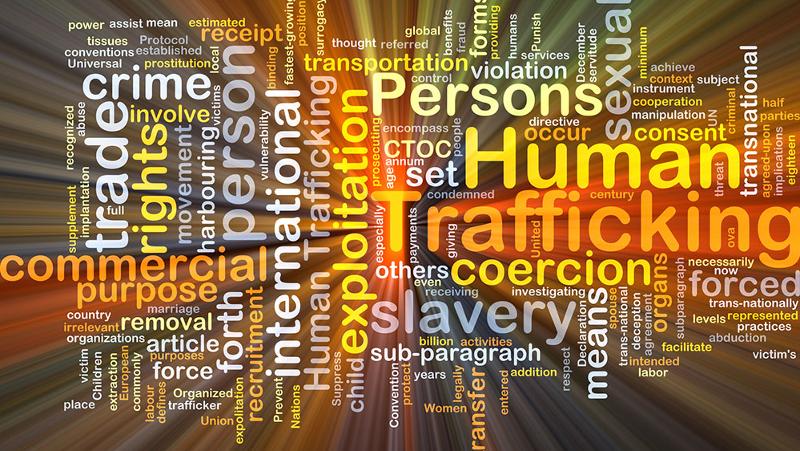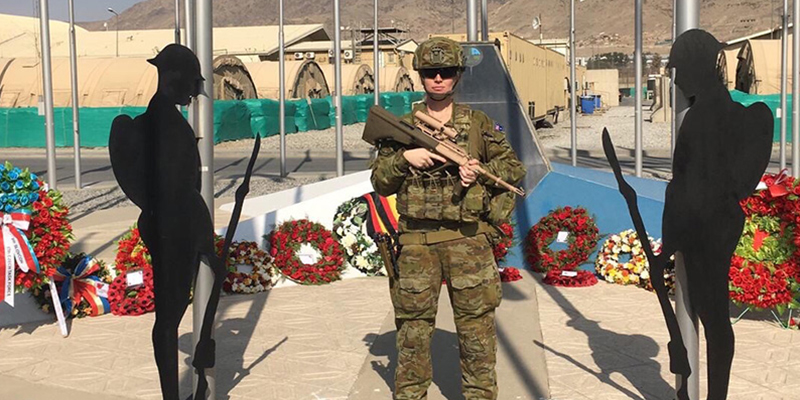
Virtual humanitarianism is a term coined by QUT School of Justice researchers for the way advocacy groups use digital games and apps on humanitarian platforms to raise awareness of human trafficking and other complex social problems.
- QUT researcher analysed three video games designed to raise awareness on human trafficking
- Two of the games failed to capture the complexity of factors leading to human trafficking
- Video games are more powerful than posters & billboards but must not blur the lines between recreation and awareness raising
- To be effective these video game must include factors that prevent a trafficked person from escaping
Dr Erin O’Brien and Dr Helen Berents analysed three video games designed to raise awareness on the many forms of human trafficking. They will discuss their findings at the Crime Justice & Social Democracy 5th Biennial International Conference in Brisbane, July 15-17.
“Digital platforms, games, apps and virtual reality may have greater potential to communicate complex situations than more traditional awareness raising media such as posters and billboards,” Dr O’Brien said.
“However, they also run the risk of communicating tired stereotypes such as victims of trafficking are all young women or girls, or are all sexually assaulted, or that victims don’t have much agency.
“The games we looked at were (Un)trafficked, Missing: Game for a Cause, and BAN Human Trafficking. The games purport to put you in the shoes of the victim and allow you to make choices that directly affect you, the victim.

“However, two of the games did not capture the complexity of the victim’s situation. They concentrated on choices made by those in a position to help or exploit the victim, such as labour hire agents, or on a parent deciding if they would let a child go with a stranger for ‘better education and opportunities’.
“These games focus on individual crime and less on the factors that make people vulnerable to exploitation.”
Dr Berents said the BAN Human Trafficking game was the only one that depicted a range of characters with a back story to show the factors that could lead them into being trafficked.
“This game also shows ways in which these characters try to escape from exploitation and how they are limited to do so by structural factors such as immigration enforcement or police complicity,” Dr Berents said.
“It shows how victims strive for justice and put their lives back together.”

Dr Berents said the games were not targeted at potential victims and some did not have a clear call to action for people to take after playing the game.
“Games blur the lines between recreation and awareness-raising. Digital games may offer space for more complex stories to be told about the causes and consequences of human trafficking,” she said.
“But they need to avoid limited narratives that allow us to play the virtual saviour, rather than communicating a more complex understanding of the lives and experiences of trafficking victims”.







